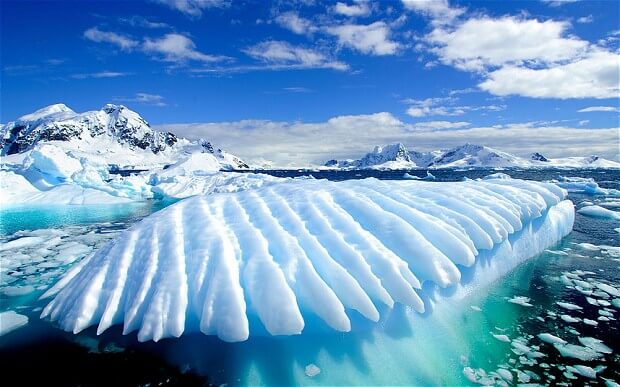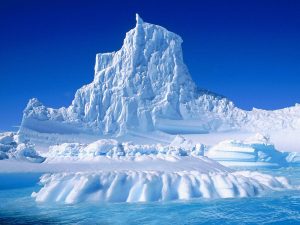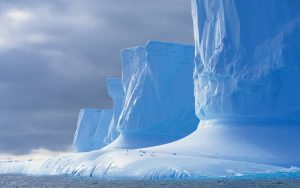History of Antarctica – Continent roughly centered on the South Pole and lying almost entirely within the Antarctic Circle. It has the coldest climate on earth and an enormous ice cap. The ancient Greeks believed a continental expanse of land lay at the southern end of the world, and medieval and Renaissance geographers presumed a huge land mass must lie there to counterbalance the known world. In 1772 James Cook of England became the first known human to cross the Antarctic Circle, which is at latitude 66.5°S. In January 1820, two British navigators, William Smith and James Bransfield, sighted the Antarctic Peninsula, and in November of that year an American, Nathaniel Palmer, also saw the continent. John Davis, another American, was the first to land there, on February 7, 1821. This early exploration was the result of ships hunting for seals. During the period 1830–32 a British navigator, John Biscoe, circumnavigated the continent. In the 1830s and 1840s knowledge of Antarctica was increased by a Russian expedition led by T. T. Bellingshausen; a six-ship American expedition of 1840 under the command of Charles Wilkes; a French expedition of 1840 command ed by Jules S. C. Dumont D’Urville; and a British expedition led by Sir James Ross during 1841–43.
Antarctica was then neglected for about half a century until whalers took an interest in the region. A British group led by the Norwegian naturalist Carsten E. Borchgrevink established the first base for wintering on the continent in 1899. Between 1907 and 1909 Sir Ernest Shackleton of Great Britain command ed an expedition that found the South Magnetic Pole, climbed Mt Erebus, one of the highest volcanoes in the world, and came within 100 miles of the South Pole. The pole was first reached on December 14, 1911, by Roald Amundsen of Norway, while Robert F. Scott of Great Britain arrived a month later on January 18, 1912. In this period expeditions from nine countries visited Antarctica. In the 1920s airplanes began to be used for exploration. Sir Hubert Wilkins of Great Britain was the first to fly over the continent, in 1928, and on November 29, 1929, the Americans Richard E. Byrd and Bernt Balchen flew over the pole. Lincoln Ellsworth, another American, made the first flight across the continent in 1936, while Sir Vivian Fuchs of Great Britain was the first to make a complete overland crossing in 1957–58. Discovery and scientific investigations in the 1930s led to international rivalry, with a number of nations claiming portions of the continent. Some of the claims overlapped. The United States made no claims and does not recognize those of other nations. Large permanent scientific stations have been established, and valuable scientific data has been gathered.
The South Orkney Island s have or have had stations of Great Britain and Argentina; the Weddell Sea has stations of Great Britain, the United States, and Argentina; the Palmer or Antarctic Peninsula, due S of South America, has stations of Argentina, Chile, and Great Britain; Marie Byrd Land has stations of the United States; the Ross Ice Shelf and Ross Sea, on the Pacific Ocean, have stations of the United States and New Zealand ; Wilkes Land , S of Australia, has stations of France, Australia, and the United States; the American Highland , S of the Indian Ocean, has stations of Australia, China, and Russia; Queen Maud Land , S of the Atlantic, has stations of South Africa, Germany, Japan, India, and Russia. At the South Pole is the Amundsen-Scott station of the United States. In 1959, 12 nations that participated in the International Geophysical Year of July 1957 to December 1958 signed the Antarctic Treaty. It provides for freedom of movement and scientific cooperation and prohibits military operations and nuclear explosions in the area.







